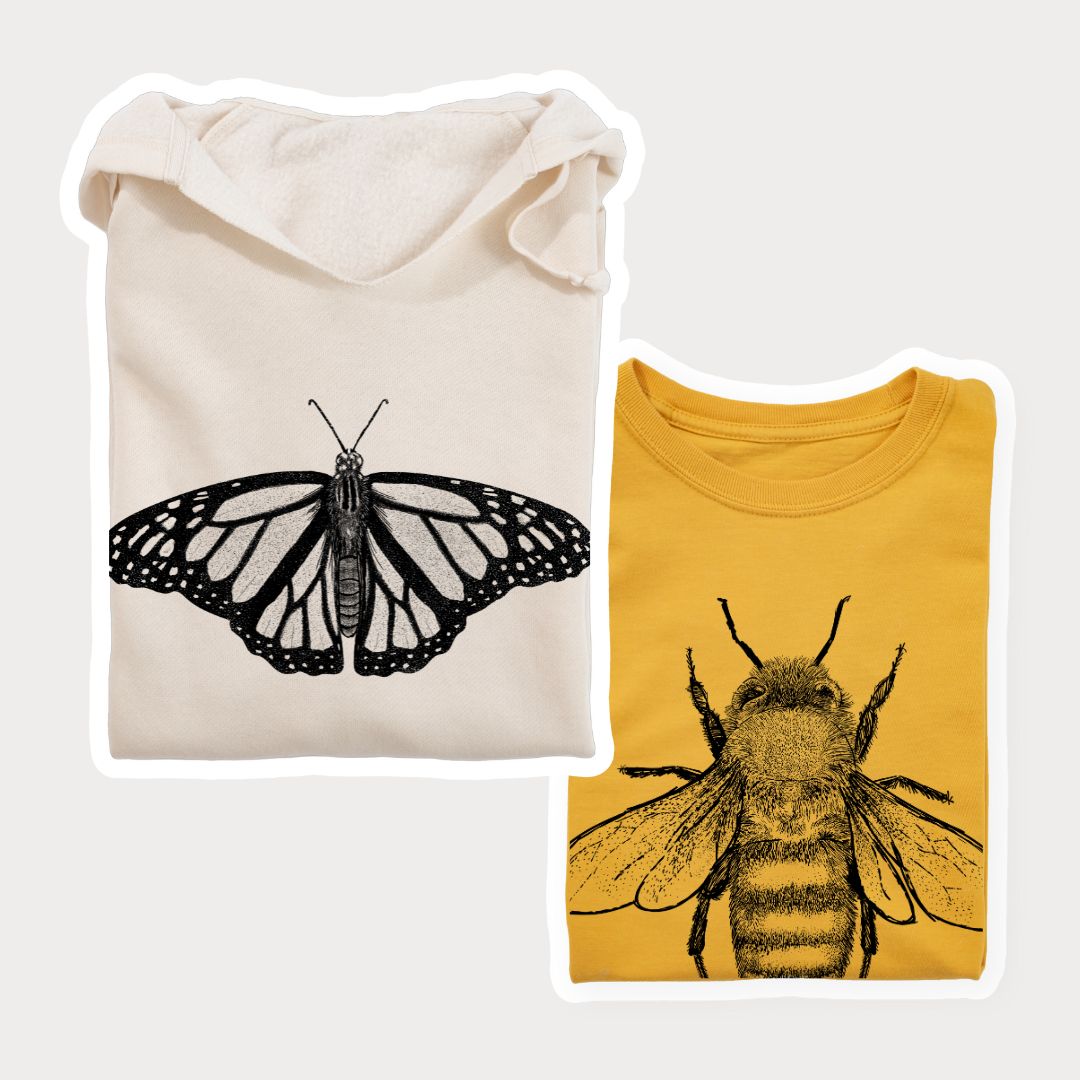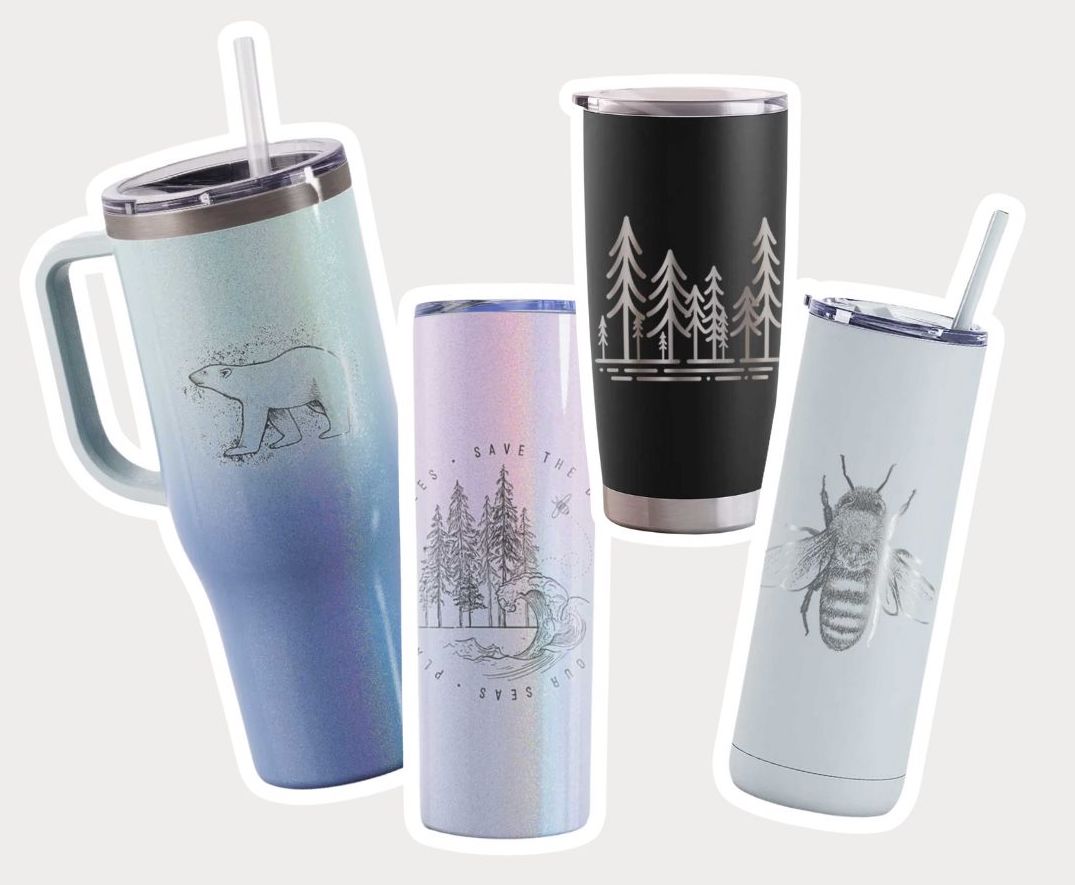Oysters are known throughout the world as a culinary delicacy. Whether you think they’re a salty snack or a slimy slug of the sea, it might surprise you how magnificent these tiny mollusks are. Despite how dirty and crusty their shells appear, these little critters can filter 30 gallons of water per day, sometimes even more!

Oysters are mollusks, meaning they are soft-bodied invertebrates with a muscular foot that lives in the sea. Most oyster species dwell on the ocean floor or attach themselves to rocks or other oysters, creating oyster reefs. Oysters naturally filter the water they live in because that is how they find food. They will pump water through their body using cilia, tiny hairlike structures that move in a wave-like motion. Once the water enters their body, small bits of organic matter like plankton, algae, and other detritus get trapped by mucus in the gills. Then this food is sent to the oyster’s stomach for digestion.
This filtration doesn’t eliminate pollutants since oysters can’t eat anything they filter out of the water. However, this filtration process still helps clear the water of any oyster habitat. It condenses the pollutants into small packets of oyster poop and ‘pseudofeces’ which then sink instead of floating around as tiny particles in the water. This leaves the contaminants and detritus on the river or ocean floor and purifies the rest of the water.
Research in the Chesapeake Bay suggests that areas with restored oyster populations can support more life than areas with depleted oyster populations. Oyster reefs with a high density of oysters were found to have ten to twenty times the amount of organisms living on them.
Humans have a long history of harvesting and cultivating oysters for food. There is evidence that humans have been eating oysters far before recorded history. Archaeologists had posited that ancient coastal civilizations ate oysters by tossing them in a fire and waiting for their shells to pop open. More recently, oysters were harvested in the Greek and Roman empires and were widely consumed on the dining tables of the wealthy. The oyster was such an integrated part of their culture that the Goddess Aphrodite’s origin myth depicted her birth from a giant oyster shell in a spray of seafoam.

However, technology changed the way that humans harvest oysters drastically, starting in the 1800’s. When the Greeks and Romans did it, they kept their harvest rates more or less in harmony with nature and cultivated the oysters to maintain a healthy population. But once people started dredging the ocean floor and destroying oyster reefs to harvest these mollusks, their habitat and population were decimated. Oysters became such a ubiquitous food and there were so many harvested that you could buy one for a penny, the equivalent of a quarter in today’s currency. There were oyster saloons, street vendors selling oysters, and trains cars full of oysters shipped all over the country. This oyster boom was relatively short-lived because, in the early 20th century, the biggest markets, New York and New Jersey were shut down due to overharvesting. The natural population couldn’t replenish fast enough to meet demand.

Nowadays, efforts are being made to bolster natural oyster populations, not just the cultivated oyster farms, made to harvest oysters for their valuable meat, shells, and pearls. Wild oyster populations can help filter our coasts, keeping water clean and providing healthy habitats to the rest of the critters around. Oysters are a valuable resource and a great natural filter for our oceans.












Leave a comment (all fields required)